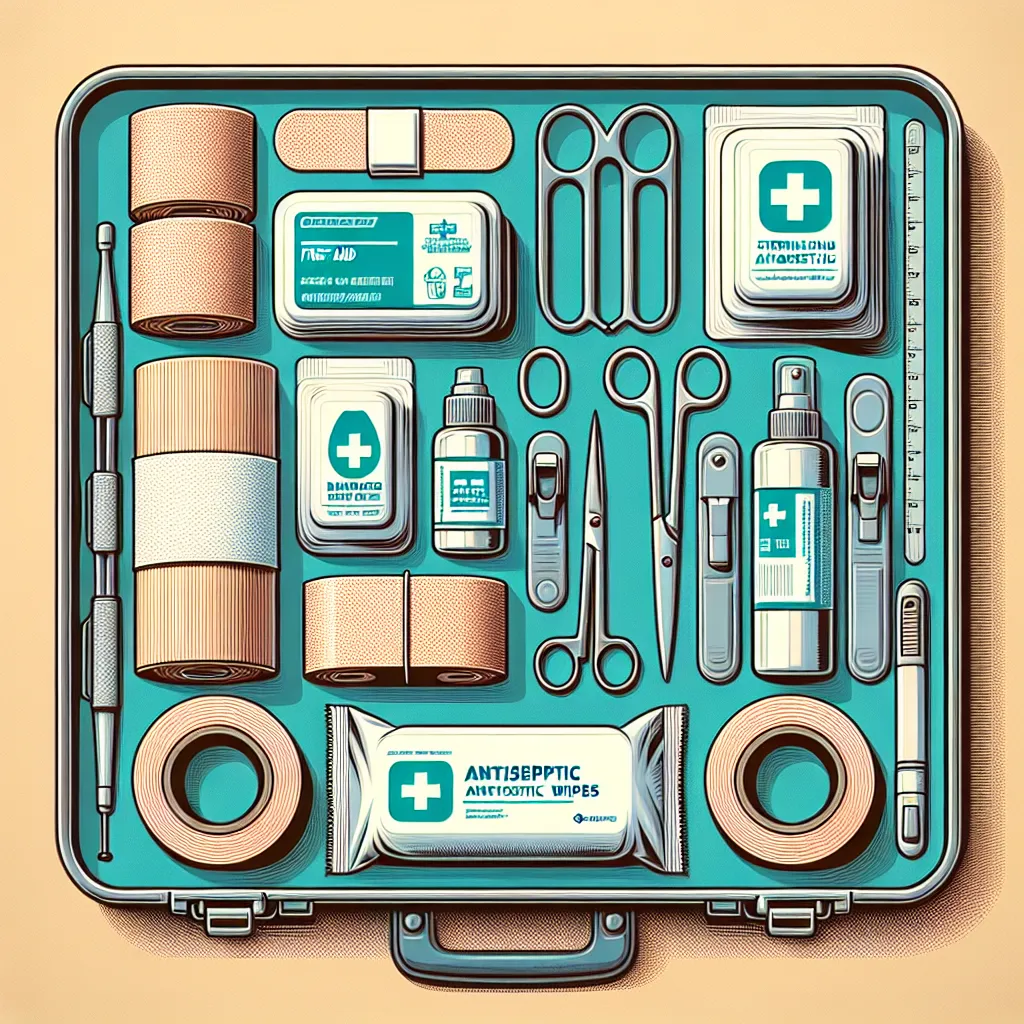The e-commerce industry is undergoing a packaging revolution, with a focus on sustainability, technology integration, and efficient design. Businesses are prioritizing eco-friendly options, such as biodegradable packing materials, to reduce their environmental impact and meet stringent regulations. Furthermore, technological advancements like digital printing and augmented reality are enabling personalized and interactive unboxing experiences, adding value beyond the product’s functionality. Additionally, the emphasis on protective yet minimalist design is driving the development of advanced cushioning materials and streamlined packaging. In the pursuit of sustainable e-commerce packaging, the use of recyclable and biodegradable materials, “right-sizing” packaging, and collaboration with packaging suppliers are also gaining momentum, thereby maximizing resource efficiency and reducing environmental impact. Overall, these cutting-edge innovations not only meet evolving consumer needs and differentiate businesses in a competitive market but also contribute to a more sustainable future.
Innovative Shelter Solutions for Emergency Situations
The article emphasizes the importance of innovative shelter solutions, particularly modular housing and cutting-edge designs, in providing efficient and adaptable aid in emergency situations and natural disasters. It highlights the versatility and scalability of modular housing, which allows for swift deployment and customization to suit specific needs, providing temporary shelter and promoting a sense of security and stability. Furthermore, the article stresses the resilient and sustainable features of cutting-edge shelter designs, incorporating advanced materials, modular construction techniques, and sustainable elements to minimize environmental impact and improve long-term functionality. The technological advancements in digital modeling, simulation tools, and drone usage also play a crucial role in the development and deployment of these innovative shelter solutions. Overall, the article encourages readers to explore the full content to gain insights into how modular housing and cutting-edge shelter designs offer adaptable, efficient, and sustainable solutions for disaster relief and emergency scenarios.
Building the Ultimate Wilderness Survival Kit
In the article “Essential Tools for Wilderness Survival,” the author emphasizes the importance of having the right gear for facing the challenges of the great outdoors. Highlighting the necessity of a multi-tool featuring a knife, pliers, and other components, the article stresses its versatility and critical role in survival situations. Furthermore, the inclusion of a reliable knife, fire starter, water filtration system, paracord, and a signaling device are discussed as essential tools for thriving in the wild. In the companion piece “Choosing the Right Gear for Survival in the Wild,” the article focuses on the significance of selecting appropriate equipment, such as a reliable knife, means to start a fire, suitable shelter, and navigation tools, for ensuring survival in the wilderness. It underlines the crucial role of high-quality, versatile gear in providing protection, sustenance, and the means to navigate back to safety. Overall, the articles provide comprehensive insights into the crucial tools and gear needed for thriving and surviving in the wild, making them essential reads for outdoor enthusiasts and survivalists alike.
Essential Items for Your Aid Kit: What You Need to Know
The article “Top 10 Essential Items for Every First Aid Kit” highlights the crucial components that should be included in a well-stocked first aid kit, such as adhesive bandages, antiseptic wipes, gauze pads, and more, emphasizing their importance in dealing with minor injuries and emergencies. Additionally, the piece emphasizes the significance of regularly checking and replenishing the kit’s supplies to ensure preparedness at all times. Another article, “Must-Have Medical Supplies: A Complete Guide,” provides a comprehensive overview of essential medical supplies for handling emergencies and basic care, including adhesive bandages, gauze pads, antiseptic ointment, medications, and personal items, stressing the importance of staying updated and prepared. Furthermore, “Building the Ultimate First Aid Kit: Essential Items and Tips” underscored the importance of including items that can address a wide range of medical needs in a first aid kit and offers insights into creating a comprehensive kit. By reading these articles, you will gain valuable knowledge on assembling and maintaining a top-notch first aid kit to address various health concerns and emergencies effectively.
Top 10 Must-Have Emergency Gear Items for Every Situation
This comprehensive article outlines the essential emergency gear required for every household, emphasizing the critical role these items play in times of crisis. From first aid kits and water filtration systems to emergency lighting and personal protective equipment, the article details the top 10 must-have items necessary for preparedness and effectively handling emergencies. Additionally, it highlights the significance of these tools for surviving any disaster, such as natural calamities or outdoor survival scenarios. By stressing the importance of these essential gear items, the article effectively encourages readers to prioritize their household’s emergency preparedness and readiness.
The Importance of Accountability and Transparency in Aid Programs
Ensuring accountability in humanitarian aid programs is crucial for building trust, maintaining credibility, and maximizing impact. Transparency and accountability are essential elements in ensuring that aid reaches the intended beneficiaries and is used effectively to address their needs. One way to ensure accountability is through robust monitoring and evaluation systems, while actively involving local communities and beneficiaries is also vital. Moreover, transparency in aid programs plays a pivotal role in ensuring accountability by openly sharing information about funding sources, budget allocation, and program activities. The key role of transparency in aid organizations is also crucial, as it promotes accountability, enhances the impact of aid programs, and fosters an environment of collaboration and partnership, ultimately maximizing the impact of aid programs.
Latest Advancements in Gear Technology: A Comprehensive Overview
The article “Revolutionizing Gear Manufacturing: Cutting-Edge Technologies” provides an insightful overview of the revolutionary transformation in gear manufacturing, driven by cutting-edge technologies. It highlights the significant impact of adopting advanced materials like carbon fiber reinforced polymers and high-strength alloys, as well as the integration of additive manufacturing and advancements in computer-aided design (CAD) and simulation software. Furthermore, the implementation of advanced manufacturing processes and state-of-the-art inspection and quality control technologies has resulted in gears with exceptional surface finish and dimensional accuracy. Overall, the article emphasizes how these advancements in gear technology have raised the bar for gear manufacturing, ushering in an era of unprecedented precision, performance, and reliability, and shaping the future of mechanical systems. This comprehensive overview and in-depth analysis make the article a compelling read for anyone interested in understanding the transformative impact of cutting-edge technologies on gear manufacturing.






